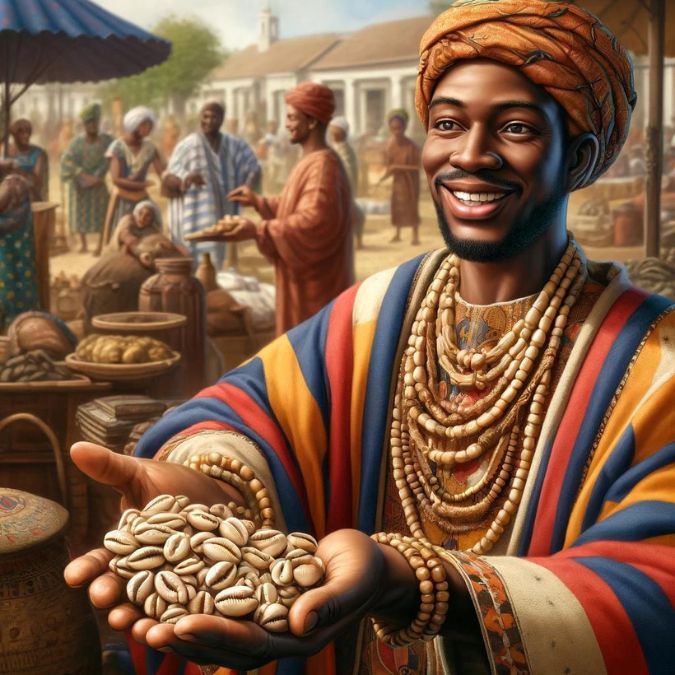
In a world dominated by paper money and digital transactions, it’s fascinating to explore the unusual and often bizarre forms of currency that have been used throughout history. These unique currencies not only highlight the creativity of different cultures but also provide insights into their economies and societies. Let’s dive into the world of uncommon money and discover 15 strange forms of currency that have been used around the globe.
1. Tibetan Conch Shells
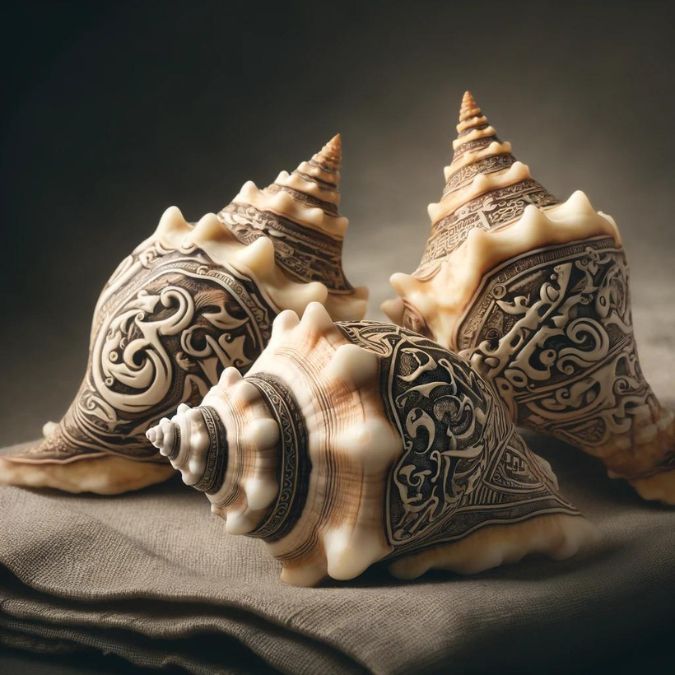
In Tibet, conch shells imported from the Indian Ocean were highly prized and used as currency. Their rarity and the difficulty of transport added to their value in Tibetan highland communities.
2. Cowrie Shells
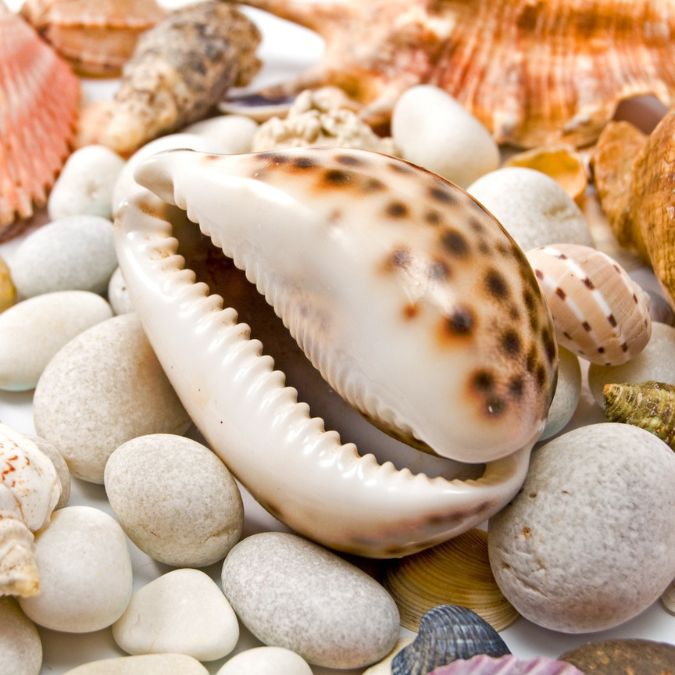
Cowrie shells were one of the earliest forms of currency and were used extensively in Africa, Asia, and the Indian Ocean. Their durability, uniformity, and ease of transport made them ideal for trade. Cowries also held cultural significance, often used in jewelry and religious ceremonies.
In some African societies, the value of cowries was so ingrained that fines and dowries were calculated in shells. The use of cowrie shells as money persisted for centuries, illustrating their importance in early economies.
3. Salt

Salt was a highly valued commodity in ancient times, often referred to as “white gold.” It was used as currency in various regions, including the Roman Empire and medieval Africa. Salt’s value stems from its essential role in preserving food and maintaining health.
Roman soldiers were sometimes paid in salt, giving rise to the term “salary.” In parts of Africa, salt slabs were used as money well into the 20th century. The significance of salt in trade and currency underscores its vital role in human survival.
4. Tea Bricks
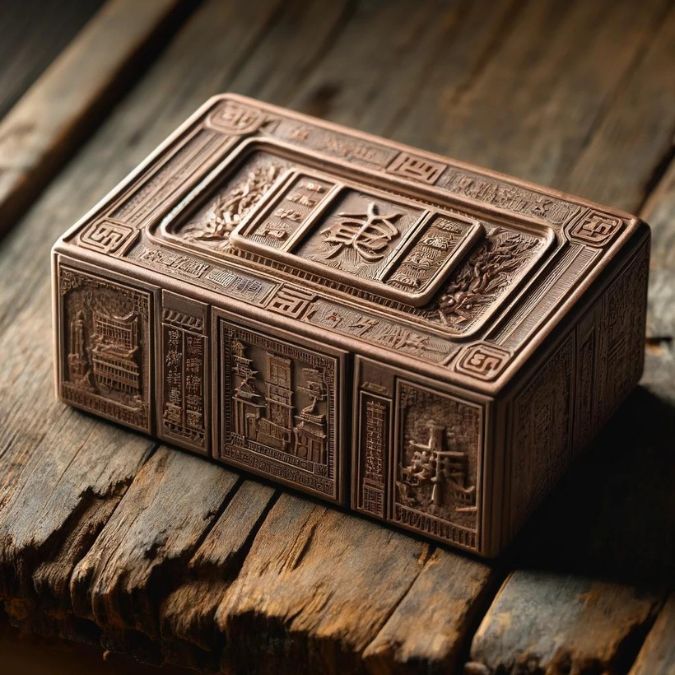
In ancient China, tea leaves were pressed into bricks and used as currency. Tea bricks were durable, easy to transport, and could be consumed or traded. They were especially popular in regions where coins were scarce, such as Tibet and Mongolia.
The quality of the tea and the intricacy of the brick’s design influenced its value. Tea bricks not only facilitated trade but also spread Chinese culture and tea-drinking practices across Asia.
5. Soap Bars

During the economic instability in post-World War I Germany, everyday items like soap became a form of currency. With rampant inflation making traditional money nearly worthless, these basic goods became valuable in everyday transactions.
6. Wampum
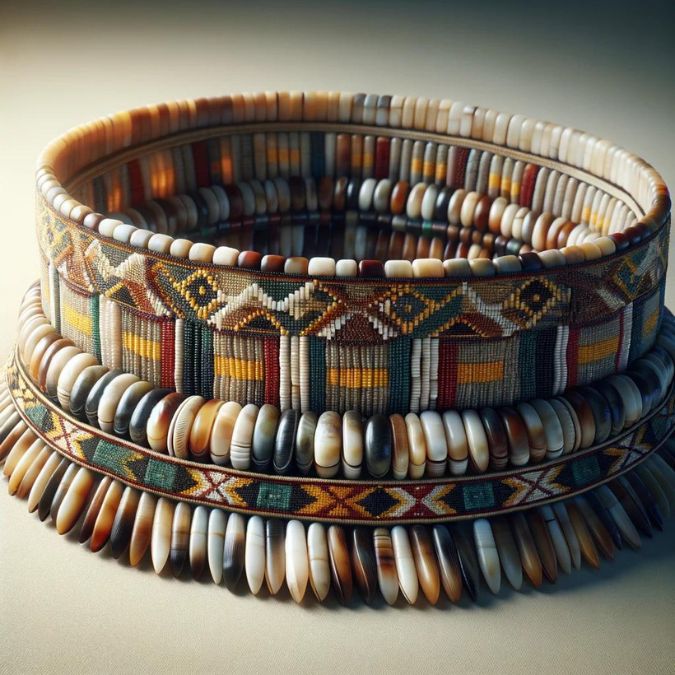
Wampum, made from polished shells, was used by Native American tribes in the northeastern United States as both currency and a means of recording important events. The beads were strung together in belts and necklaces, each with distinct patterns and colors.
Wampum belts served as a medium of exchange and a way to convey messages and treaties. The intricate craftsmanship and symbolic meanings of wampum made it a valuable and versatile form of currency.
7. Livestock

In many agricultural societies, livestock such as cows, sheep, and goats were used as currency. Livestock represented wealth and could be traded for goods and services or used to pay debts and dowries. The value of livestock depended on its age, health, and productivity.
In some cultures, the social status of an individual was closely tied to the size of their herd. The use of livestock as currency underscores the importance of agriculture and animal husbandry in early economies.
8. Rai Stones

On the island of Yap in Micronesia, gigantic stone disks known as Rai stones were once used as currency. These limestone discs, some as large as 12 feet in diameter, were too heavy to move, so their ownership was often transferred without physically relocating them.
The value of a Rai stone depended on its size, history, and craftsmanship. Despite their impracticality, Rai stones played a crucial role in Yapese society, symbolizing wealth and status. Today, they stand as a testament to the unique economic systems developed by different cultures.
9. Beaver Pelts
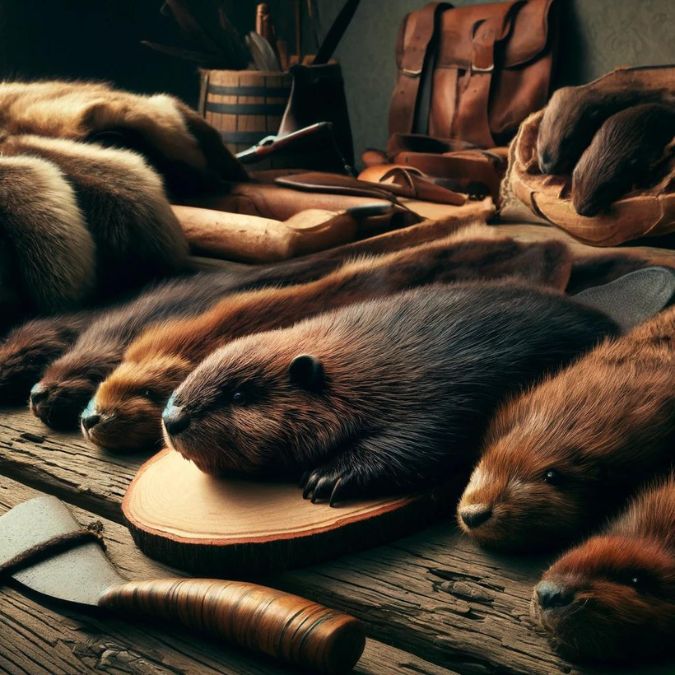
During the fur trade era in North America, beaver pelts became a widely accepted form of currency. The demand for beaver fur, used to make fashionable hats in Europe, drove the value of pelts sky-high. Trappers and traders exchanged pelts for goods and services, with a standardized measure known as the “Made Beaver” determining their worth. The fur trade significantly impacted indigenous cultures, European settlers, and the development of North American economies.
10. Yapese Feathers
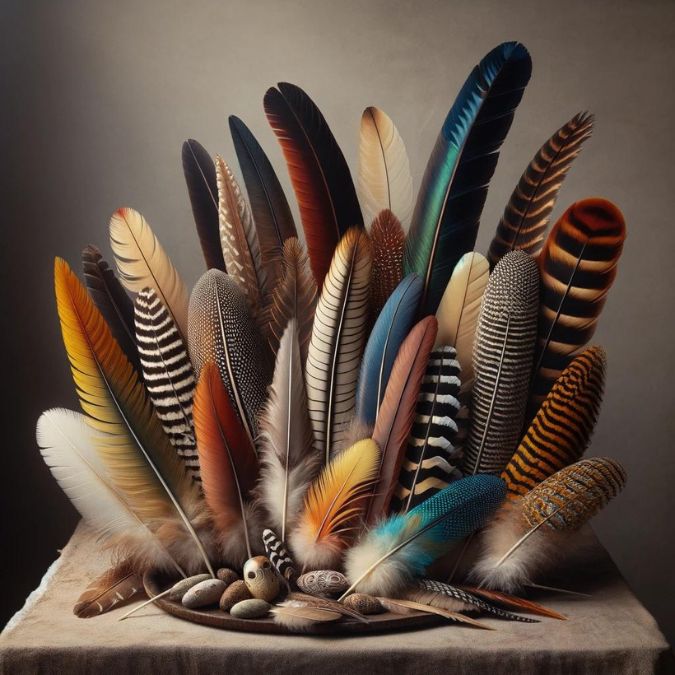
In some Pacific Island cultures, such as those in Yap, feathers were used alongside stone money as currency. The feathers, often from rare and colorful birds, were highly valued and used in trade and ceremonial exchanges. They symbolized wealth, beauty, and social status. The dual use of feathers and stones in Yap highlights the diverse forms of currency developed by island communities and their reliance on natural resources.
11. Vodka

In Soviet Russia, vodka was sometimes used as an informal currency, particularly during times of economic instability. Its widespread popularity and consistent value made it a practical medium of exchange. People traded vodka for goods and services, and it was often used as a form of payment for labor. The use of vodka as currency underscores the adaptability of societies in finding alternative means of trade during economic hardship.
12. Whale Teeth
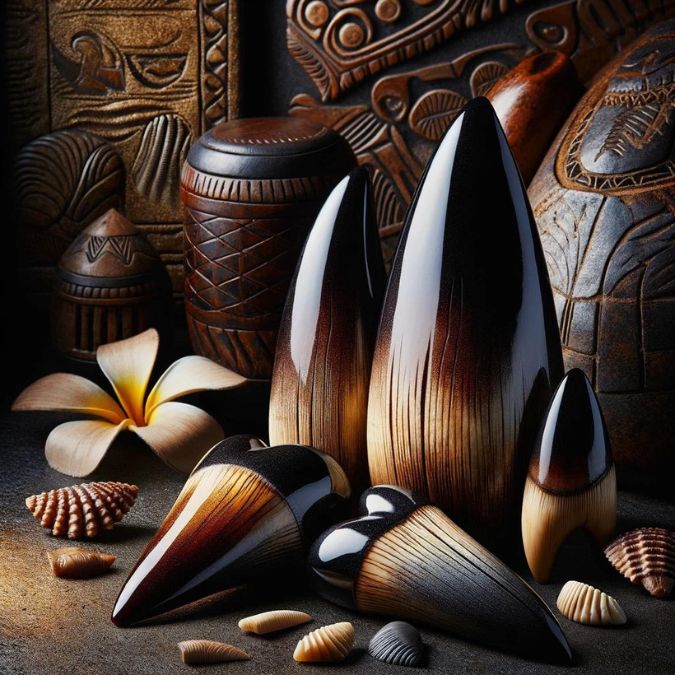
In Fiji, whale teeth, known as Tambua, were used as a form of currency and held significant cultural importance. Tabua were exchanged during important ceremonies such as weddings, funerals, and negotiations. They symbolized respect, honor, and social status.
The value of a Tambua depended on its size, age, and the story behind it. The use of whale teeth as currency reflects the cultural significance of whales in Fijian society and the intricate barter systems developed by island communities.
13. Cocoa Beans
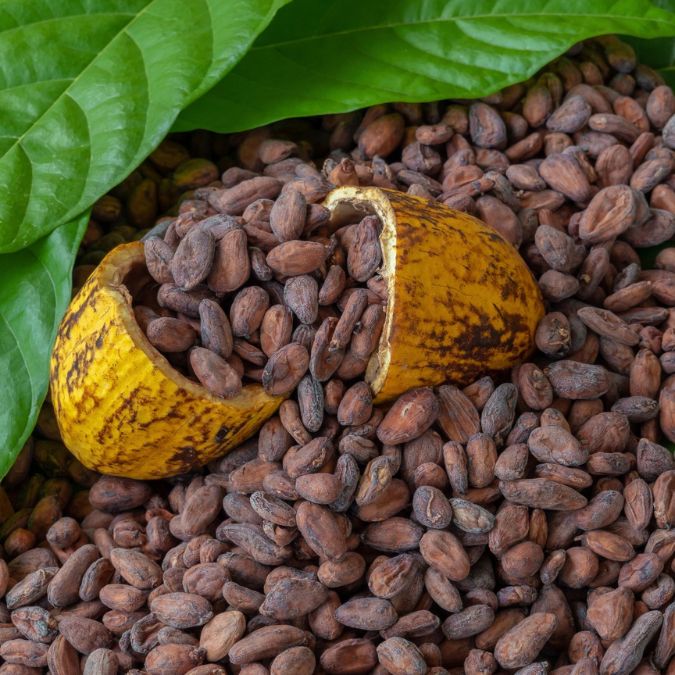
In pre-Columbian Mesoamerica, cocoa beans were used as currency by the Aztecs and Mayans. The beans were highly valued for their use in making chocolate, a luxury beverage reserved for the elite. Cocoa beans were traded for goods and services, and taxes were often paid in beans. The use of cocoa beans as currency highlights the cultural and economic importance of chocolate in ancient Mesoamerican societies.
14. Clamshells
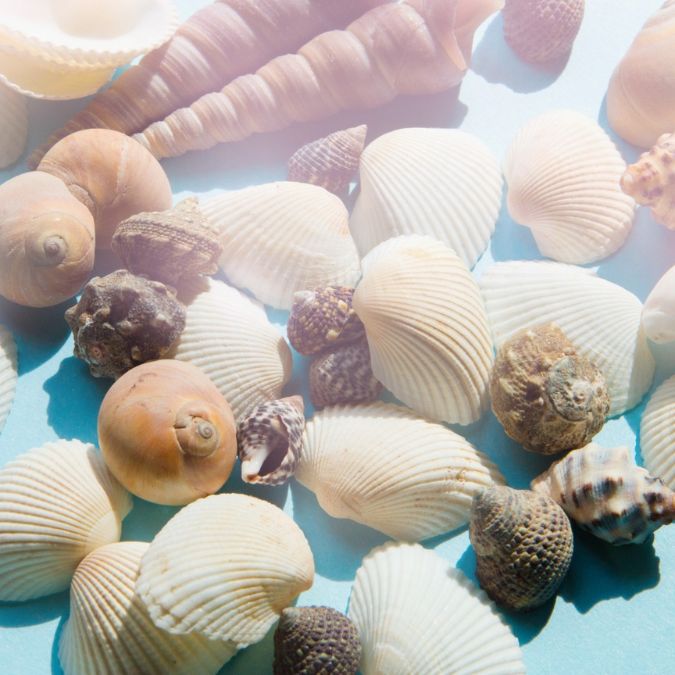
In parts of North America, particularly among the indigenous peoples of the Pacific Northwest, clamshells were used as currency. The shells, often strung together in strands, were valued for their beauty and durability.
Clamshells were used in trade, ceremonies, and as a measure of wealth. The use of clamshells as currency reflects the resourcefulness of coastal communities and their reliance on marine resources for trade and sustenance.
15. Spades and Knives
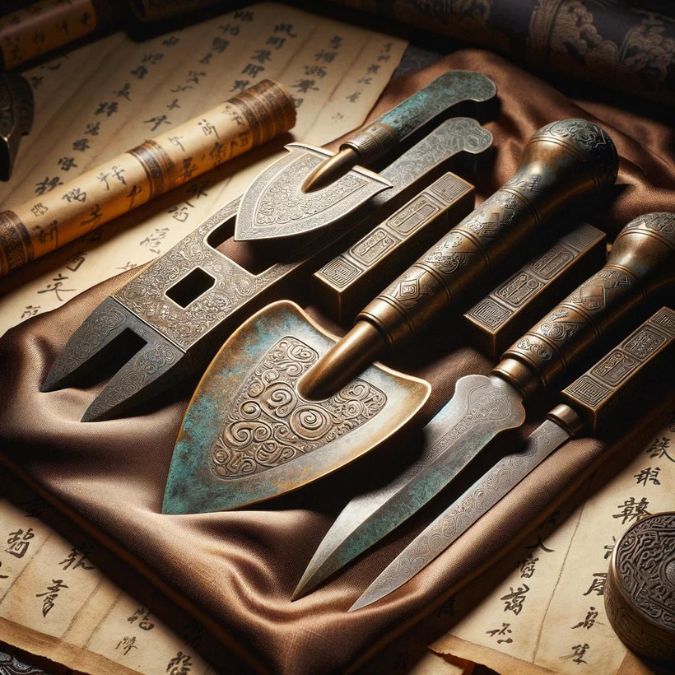
In ancient China, spades and knives were used as currency before the invention of coins. These tools, made of bronze, were valued for their practicality and symbolic significance. They were often inscribed with characters indicating their value and origin. The use of spades and knives as currency highlights the evolution of money in China and the innovative ways societies have found to facilitate trade.
It’s a Rich Man’s World
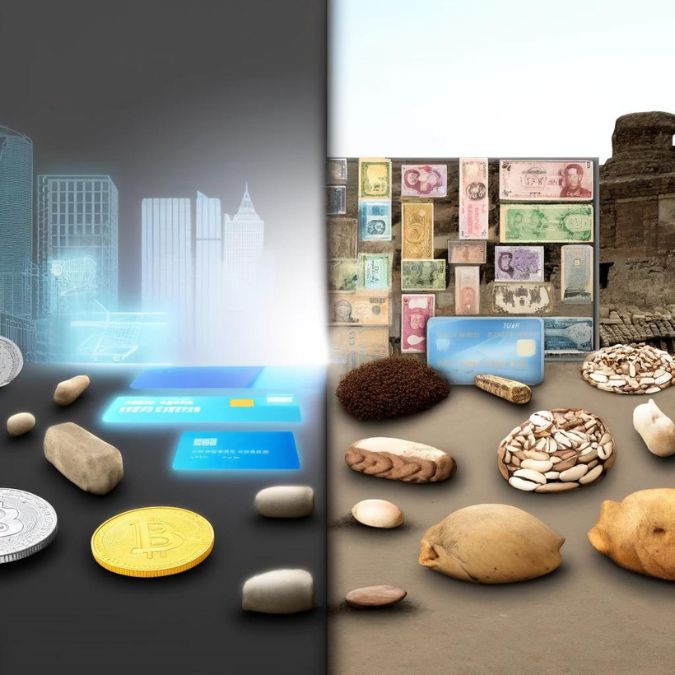
From giant stones to cocoa beans, these 15 strange forms of currency reveal the diversity and ingenuity of human societies in their quest to facilitate trade and represent wealth. Each unique currency tells a story of the culture and economy it served, offering a fascinating glimpse into the history of money.
Read More
What is the Best Cryptocurrency to Buy?

Vanessa Bermudez is a content writer with over eight years of experience crafting compelling content across a diverse range of niches. Throughout her career, she has tackled an array of subjects, from technology and finance to entertainment and lifestyle.
In her spare time, she enjoys spending time with her husband and two kids. She’s also a proud fur mom to four gentle giant dogs.
